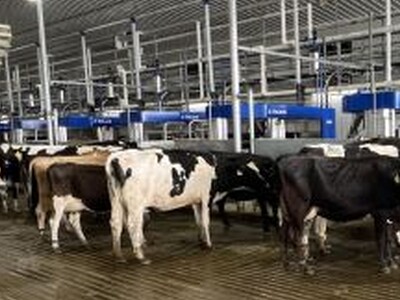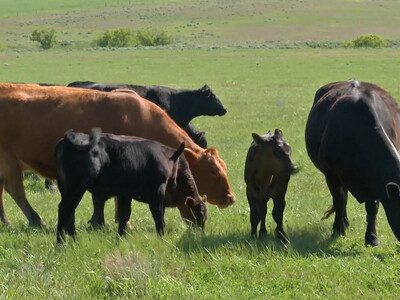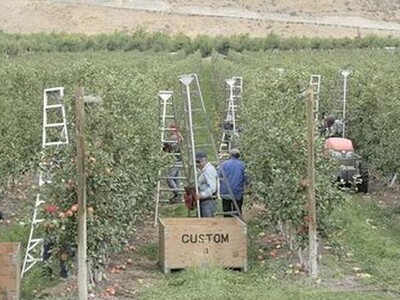Dwindling Labor Prospects
Dwindling Labor ProspectsI'm Lacy Gray with Washington Ag Today.
Washington's tree fruit industry adds billions of dollars to the state economy, not only in production value but also in the number of jobs created, with about half of all investment in variable costs going to labor. Dr. Karina Gallardo, Associate Professor at WSU, recently spoke at this year's NW Hort convention about the tree fruit industry's history of dependance on migrant labor.
GALLARDO: The fact that 75% of all hire from workers in the United States were born in Mexico in 2009 is not news for the industry. Since the 1870's it was the Chinese immigrants, it was the Japanese later, and it was the Mexican labor force who were the suppliers of labor for the industry. Unfortunately the situation has not changed much since then. U.S. agriculture is still dependent on migrant labor.
According to Gallardo there was a bonanza of labor between 2000 and 2007 because there was a glut of unauthorized migration coming mainly from Mexico to the U.S.. Since then we have seen a decreasing tendency, placing a squeeze on available labor. Gallardo says that decrease can be partially attributed to a drop in birth rates in Mexico since the 1990's, and an increase in border enforcement.
GALLARDO: The other one that is so important is that agricultural labor force is aging. So, the older they tend to go out of agriculture and look for less physical intensive type of jobs.
On Monday Gallardo will talk about how Mexico's economy has been growing faster per year than the U.S. economy, and how that has played a hand in decreased migrant labor for the U.S..
That's Washington Ag Today.
I'm Lacy Gray with the Ag Information Network of the West.


















